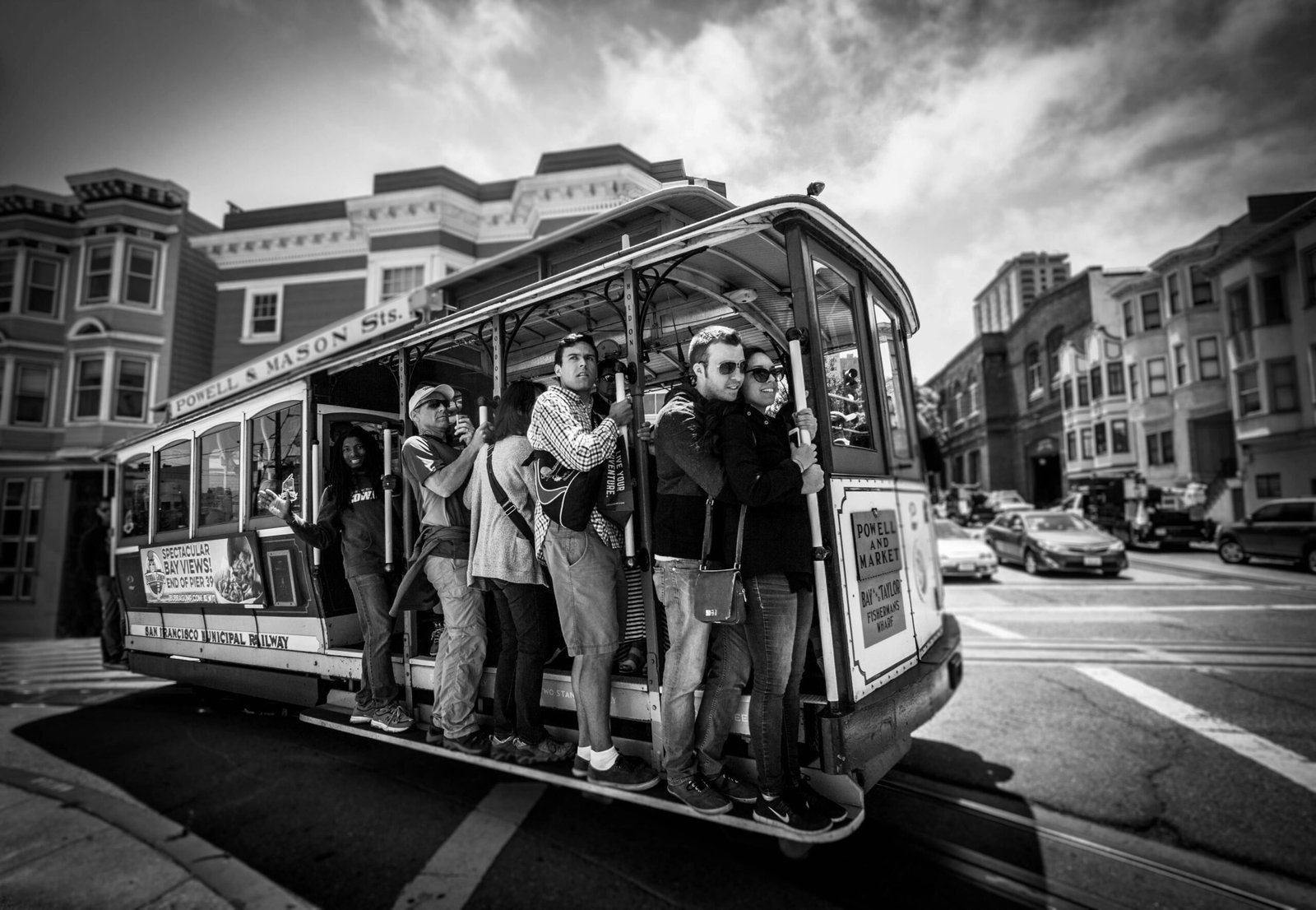California, known for its sprawling cities and heavy traffic, has long needed improved transportation options. In recent years, the state has made significant progress in addressing this issue through the development of high-speed rail and various initiatives aimed at improving urban mobility. In this blog post, we will provide an update on the high-speed rail project and explore the efforts being made to reduce traffic congestion and enhance transportation in California’s major cities.
The High-Speed Rail Project
One of the most ambitious transportation projects in California is the high-speed rail system. The goal of this project is to connect major cities in the state with a fast, efficient, and environmentally-friendly mode of transportation. The high-speed rail network will offer travelers a convenient alternative to driving or flying, reducing travel times and easing congestion on highways and at airports.
The construction of the high-speed rail system has been underway for several years, and significant progress has been made. Currently, there are active construction sites in the Central Valley, where the initial segment of the rail line is being built. Once completed, this segment will connect the cities of Merced and Bakersfield. The project has faced its fair share of challenges, including funding issues and legal disputes, but the state remains committed to its completion.
Urban Mobility Initiatives
While the high-speed rail project addresses long-distance travel, efforts are also being made to improve transportation within California’s major cities. Urban mobility initiatives aim to provide residents with convenient and sustainable alternatives to driving, reducing traffic congestion and improving air quality.
One such initiative is the expansion of public transportation networks. Cities like Los Angeles and San Francisco have invested heavily in their public transit systems, expanding bus and rail networks and improving accessibility. These improvements make it easier for residents to commute to work, school, and other destinations without relying on personal vehicles.
Bike-sharing programs have also gained popularity in California’s urban areas. These programs provide residents with a convenient and eco-friendly mode of transportation for short trips. By offering affordable rentals and a network of bike stations, these programs encourage people to leave their cars at home and opt for a healthier and more sustainable way of getting around.
Furthermore, California has been at the forefront of promoting electric vehicles (EVs) as a solution to reduce emissions and dependence on fossil fuels. The state offers incentives for EV purchases, such as tax credits and rebates, and has been expanding its network of charging stations. These efforts aim to encourage more residents to switch to electric vehicles, reducing the number of gasoline-powered cars on the road and improving air quality.
Reducing Traffic Congestion
Traffic congestion is a major issue in California’s major cities, causing frustration for commuters and negatively impacting the environment. To address this problem, several strategies are being implemented.
One approach is the implementation of congestion pricing. This involves charging a fee for driving in congested areas during peak hours. The revenue generated from these fees can be used to fund public transportation improvements and encourage people to carpool or use alternative modes of transportation.
Another strategy is the development of smart traffic management systems. These systems use advanced technology to monitor traffic flow, adjust signal timings, and provide real-time information to drivers. By optimizing traffic flow, these systems can help reduce congestion and improve overall transportation efficiency.
Additionally, urban planning initiatives are being implemented to create more walkable and bike-friendly neighborhoods. By designing cities with a focus on pedestrians and cyclists, rather than cars, it becomes more convenient and appealing for residents to choose active modes of transportation for short trips.
Conclusion
California’s transportation future is focused on improving both long-distance travel and urban mobility. The high-speed rail project aims to connect major cities, while initiatives within cities seek to reduce traffic congestion and provide sustainable transportation options. By investing in these projects and implementing innovative strategies, California is paving the way for a more efficient, accessible, and environmentally-friendly transportation system.
































